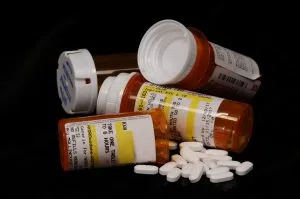INDIANA – Almost a year after distributions started from the National Opioid Settlement, only $7.1 million has been put to use in Indiana as local units of government wrestle with how to make the most of the payments.
Over the next two decades, tens of billions of dollars will flow into state coffers nationally from the National Opioid Settlement, a court agreement between companies deemed responsible for the deadly, life-disrupting impact of the addictive drug and the localities bearing the brunt of the devastation.
On average, four Hoosiers die each day from a drug overdose, and three-quarters of those deaths involved an opioid, according to a 2021 updated drug overdose report from the Indiana Department of Health. More than 15,000 Hoosiers have died since 1999 and thousands more have been incarcerated for drug-related offenses due to their addiction. As with mental health services, jails remain one of the few places to receive treatment in a state with a shortage of options.
But the $507 million coming to Indiana over the next 18 years has the potential to change that.
Funds are flowing to local units of government — a move meant to target areas with high numbers of overdose deaths and opioid proliferation. Payments started going out in December 2022, with more than $107 million in the first wave to the state and 648 local units of government.
A Fall 2023 report presents the first look at where funds have gone and how localities chose to spend them, falling into a handful of approved uses for funds that include: treatment, prevention, and catch-all strategies designed to strengthen local responses.
But, so far, many are being cautious with the money they’ve received.
Just 606 cities, towns, and counties of the 648 reported their spending to NextLevel Recovery, part of the state’s Office of Drug Prevention, Treatment, and Enforcement. Of those, 81% of abatement funds hadn’t been expended, encumbered, or designated. Even fewer had opted to spend unrestricted funds — 87% of cities, towns, and counties hadn’t touched those dollars yet.


